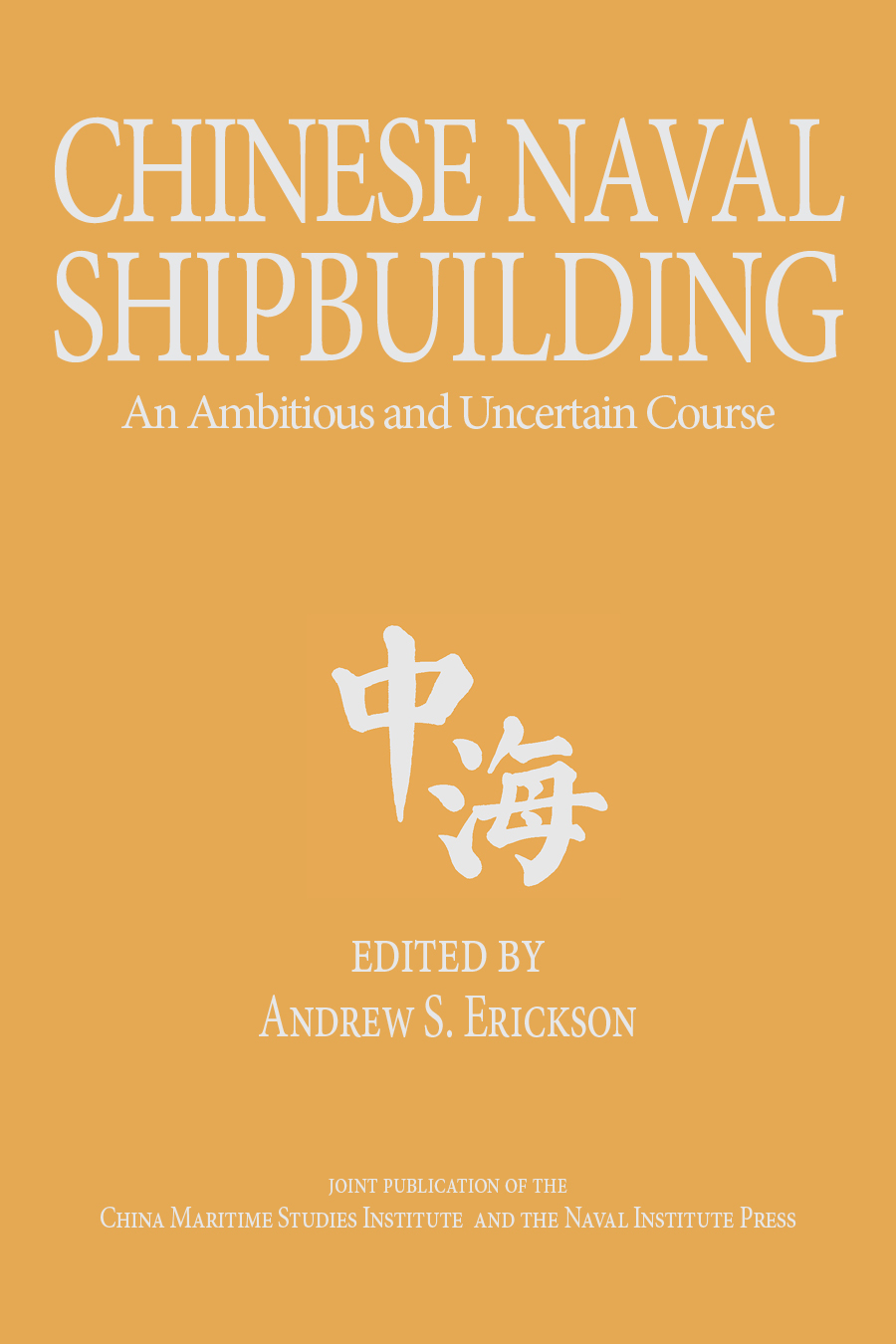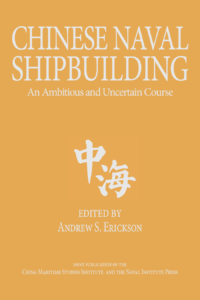While the Trump Administration plans a naval buildup, China has already been executing on its own naval expansion for years and continues to qualitatively and quantitatively improve its naval forces. A new book from Naval Institute Press offers a detailed, evidence-based assessment of China’s naval buildout and helps explain Beijing’s rapid progress to date, handicaps its future prospects, and illuminates how Chinese actions are helping inspire an American response.
China’s maritime transformation is one of the most significant events of the past 100 years and is already attracting great attention. Yet China’s strategic course and its implications, including at sea, remain highly uncertain. This triggers intense speculation and concern from many quarters, making it vital to assess what ships China can supply its navy and other maritime forces with, today and in the future.
China’s shipbuilding industry is poised to make the People’s Liberation Army Navy (PLAN) the second largest navy in the world by 2020, and―if current trends continue―a combat fleet that in overall order of battle (i.e., hardware-specific terms) is quantitatively and even perhaps qualitatively on a par with that of the U.S. Navy by 2030. China’s shipbuilding industry has grown more rapidly than any other in modern history. Commercial shipbuilding output jumped thirteen-fold from 2002-12. Beijing has largely met its goal of becoming the world’s largest shipbuilder by 2015. Yet progress is uneven, with military shipbuilding leading overall but with significant weakness in propulsion and electronics for military and civilian applications alike. Moreover, no other book has delved deeply to address three pressing questions: What are China’s prospects for success in key areas of naval shipbuilding? What are the likely results for China’s navy? What are the implications for the U.S. Navy?
To address these critical, complex issues, the book taps world-class China experts and linguistic analysts, often pairing them in research teams. These sailors, scholars, analysts, industry experts, and other professionals have commanded ships at sea, led shipbuilding programs ashore, toured Chinese vessels and production facilities, invested in Chinese shipyards and advised others in their investment, as well as analyzed and presented important data to top-level decision-makers in times of crisis. In synthesizing their collective insights, the book fills a key gap in our understanding of China, its shipbuilding, its navy, and what it all means.
While offering different perspectives, contributors largely agree on several important points. Key among them, China has used a process of “imitative innovation” to leapfrog various naval development, engineering, and production steps and achieve tremendous cost and time savings by leveraging work done by the U.S. and other countries. Already, Chinese ship-design and -building advances are increasing the PLAN’s ability to contest sea control in a widening arc of the Western Pacific.
China continues to lack transparency in important respects, but much is knowable through the interdisciplinary research approach pioneered by the Naval War College’s China Maritime Studies Institute in the series “Studies in Chinese Maritime Development,” of which this is the sixth volume.
Andrew S. Erickson, ed., Chinese Naval Shipbuilding: An Ambitious and Uncertain Course (Annapolis, MD: Naval Institute Press, 2016).
“the best reference on China’s maritime march is the recent Chinese Naval Shipbuilding, the work of the U.S. Naval War College’s impressive China Maritime Studies Institute….”
—Admiral Gary Roughead, USN (Ret.), 29th Chief of Naval Operations, Forbes, 20 January 2017.



